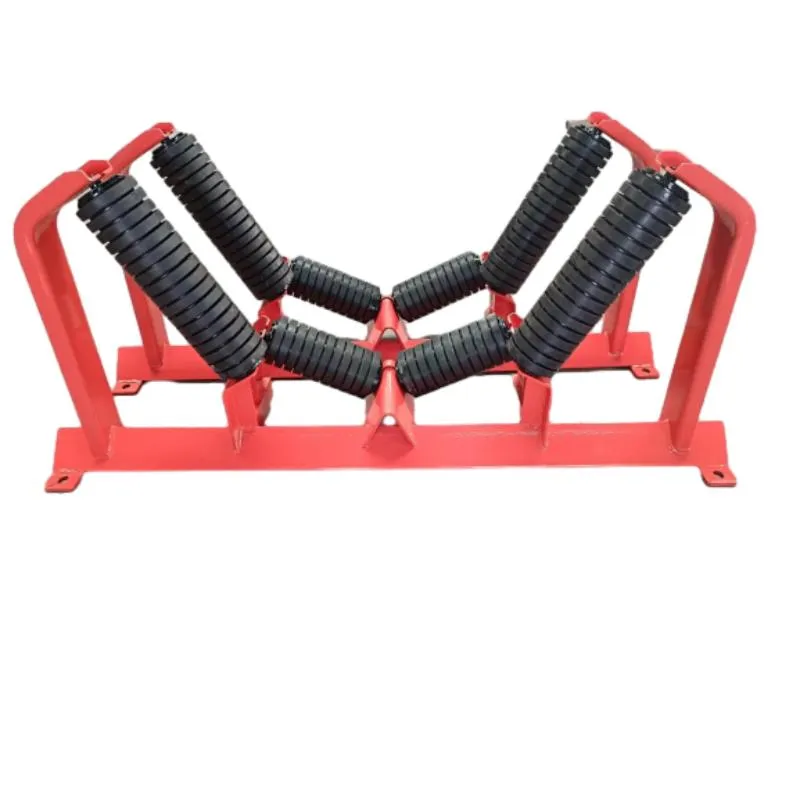 Afrikaans
Afrikaans  Albanian
Albanian  Amharic
Amharic  Arabic
Arabic  Armenian
Armenian  Azerbaijani
Azerbaijani  Basque
Basque  Belarusian
Belarusian  Bengali
Bengali  Bosnian
Bosnian  Bulgarian
Bulgarian  Catalan
Catalan  Cebuano
Cebuano  Corsican
Corsican  Croatian
Croatian  Czech
Czech  Danish
Danish  Dutch
Dutch  English
English  Esperanto
Esperanto  Estonian
Estonian  Finnish
Finnish  French
French  Frisian
Frisian  Galician
Galician  Georgian
Georgian  German
German  Greek
Greek  Gujarati
Gujarati  Haitian Creole
Haitian Creole  hausa
hausa  hawaiian
hawaiian  Hebrew
Hebrew  Hindi
Hindi  Miao
Miao  Hungarian
Hungarian  Icelandic
Icelandic  igbo
igbo  Indonesian
Indonesian  irish
irish  Italian
Italian  Japanese
Japanese  Javanese
Javanese  Kannada
Kannada  kazakh
kazakh  Khmer
Khmer  Rwandese
Rwandese  Korean
Korean  Kurdish
Kurdish  Kyrgyz
Kyrgyz  Lao
Lao  Latin
Latin  Latvian
Latvian  Lithuanian
Lithuanian  Luxembourgish
Luxembourgish  Macedonian
Macedonian  Malgashi
Malgashi  Malay
Malay  Malayalam
Malayalam  Maltese
Maltese  Maori
Maori  Marathi
Marathi  Mongolian
Mongolian  Myanmar
Myanmar  Nepali
Nepali  Norwegian
Norwegian  Norwegian
Norwegian  Occitan
Occitan  Pashto
Pashto  Persian
Persian  Polish
Polish  Portuguese
Portuguese  Punjabi
Punjabi  Romanian
Romanian  Russian
Russian  Samoan
Samoan  Scottish Gaelic
Scottish Gaelic  Serbian
Serbian  Sesotho
Sesotho  Shona
Shona  Sindhi
Sindhi  Sinhala
Sinhala  Slovak
Slovak  Slovenian
Slovenian  Somali
Somali  Spanish
Spanish  Sundanese
Sundanese  Swahili
Swahili  Swedish
Swedish  Tagalog
Tagalog  Tajik
Tajik  Tamil
Tamil  Tatar
Tatar  Telugu
Telugu  Thai
Thai  Turkish
Turkish  Turkmen
Turkmen  Ukrainian
Ukrainian  Urdu
Urdu  Uighur
Uighur  Uzbek
Uzbek  Vietnamese
Vietnamese  Welsh
Welsh  Bantu
Bantu  Yiddish
Yiddish  Yoruba
Yoruba  Zulu
Zulu Different Types of Conveyor Pulleys and Their Applications
Understanding Conveyor Pulley Types A Comprehensive Overview
Conveyor systems play a critical role in industries ranging from manufacturing to logistics, facilitating the movement of materials efficiently and safely. At the core of these conveyor systems are pulleys, which are vital components that support and drive the conveyor belt. Selecting the right type of conveyor pulley is essential for ensuring optimal performance, longevity, and safety of the entire conveyor system. This article will explore the various types of conveyor pulleys, their functions, and applications.
What Is a Conveyor Pulley?
A conveyor pulley is a cylindrical component that conveys power to the belt and supports its weight. It is designed to hold the belt in place while allowing it to rotate freely, enabling the movement of goods along the conveyor pathway. Pulleys can be categorized based on their position within the conveyor system (drive, bend, take-up, etc.) and their construction (material, size, and design).
Types of Conveyor Pulleys
1. Drive Pulleys Drive pulleys are integral to the conveyor system's operation, as they are the source of power transmission to the belt. These pulleys are typically located at the head of the conveyor line and are fitted with a motor that rotates the pulley itself. The friction between the drive pulley and the conveyor belt propels the belt forward, moving materials along the system. Drive pulleys are essential for maximizing efficiency and can be equipped with various surface finishes to enhance grip.
2. Idler Pulleys Idler pulleys are used to support the conveyor belt and assist in its movement without driving it. They are strategically placed along the length of the conveyor to keep the belt taut and reduce sagging. Idler pulleys can be categorized into several types, including return idlers, which are found on the underside of the belt, and troughing idlers, which help maintain the belt's shape and containment over wide loads.
conveyor pulley types

3. Bend Pulleys Bend pulleys are employed when the conveyor belt needs to change direction. These pulleys allow the belt to transition smoothly at points of curvature. Proper selection of bend pulleys is crucial to prevent excessive wear and tear on the belt. The angle of bend and the radius of the pulley need to be carefully calculated to ensure efficient movement.
4. Take-up Pulleys Take-up pulleys are used to maintain the tension of the conveyor belt. They are typically located at the far end of the conveyor or within a take-up assembly. Ensuring the correct tension is vital; too much tension can cause premature wear and tear, while too little can lead to slippage. Take-up pulleys allow for adjustments to be made as the belt stretches over time.
5. Tail Pulleys Located at the opposite end from the drive pulley, tail pulleys are primarily responsible for supporting the end of the conveyor system. They serve as a return point for the belt and help maintain tension. Tail pulleys are often installed in conjunction with take-up systems to ensure that the belt remains adequately tensioned during operation.
6. Specialty Pulleys In addition to the standard types mentioned above, there are specialty pulleys designed for specific applications. These may include magnetic pulleys for separation tasks, spiral pulleys for unique orientations, and coated pulleys to increase friction and hold capabilities. The choice of specialty pulleys often depends on the specific requirements of the conveyor system and the materials being handled.
Conclusion
Conveyor pulleys are indispensable components of conveyor systems, significantly influencing their efficiency and reliability. Each type of pulley serves a unique role, from driving the belt to maintaining tension and facilitating directional changes. Understanding these various types of pulleys — their characteristics and applications — is essential for anyone involved in designing, maintaining, or operating conveyor systems. Proper selection and maintenance of pulleys not only enhance the performance of the conveyor but also contribute to operational safety and cost efficiency. By investing in the right type of conveyor pulleys, industries can ensure smooth and effective material handling processes.
-
Revolutionizing Conveyor Reliability with Advanced Rubber Lagging PulleysNewsJul.22,2025
-
Powering Precision and Durability with Expert Manufacturers of Conveyor ComponentsNewsJul.22,2025
-
Optimizing Conveyor Systems with Advanced Conveyor AccessoriesNewsJul.22,2025
-
Maximize Conveyor Efficiency with Quality Conveyor Idler PulleysNewsJul.22,2025
-
Future-Proof Your Conveyor System with High-Performance Polyurethane RollerNewsJul.22,2025
-
Driving Efficiency Forward with Quality Idlers and RollersNewsJul.22,2025





























